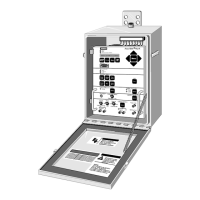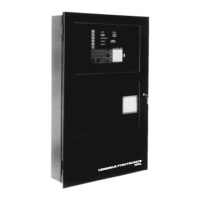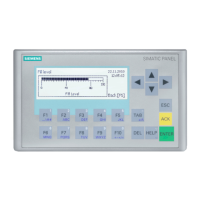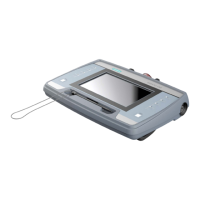5 Reading and Interpreting MJ-5 Control Panel Data
Siemens Industry, Inc. 37
5 Reading and Interpreting MJ-5 Control Panel Data
The MJ-5 Control Panel microprocessor maintains a
considerable amount of operational information—both
present and historical:
• Meter data—instantaneous, minimum, and maximum
operational information.
• Log data—historical meter data, recorded at specific
times.
• Demand data—demand data, continuously updated.
• Counter data—tap change history.
• Harmonics data—harmonic analysis data.
• Communications data—Local Data Port status.
Data is available through the front-panel display screen, the
local port, or the communication port (if so-equipped).
This chapter lists the data items that are maintained by the
microprocessor, and tells you how to retrieve them.
5.1 Source and Load Definitions
In the following paragraphs, the term “Source” is defined
as the connection point from which real power is flowing.
The term “Load” refers to the connection point into which
real power is flowing. In addition, for purposes of the fol-
lowing discussion, U2 and P2 refer to the terminals with
the U2 and P2 labels at the MJ-5 Polarized Disconnect
Switch. These terminals may or may not match the
regulator leads with the same labels.
For a Straight regulator, the “S” bushing potential is pro-
vided to U2 via the tertiary winding, while the “L” bushing
PT connects to P2. Under forward power flow conditions
the source voltage is read at U2 and the load voltage is read
at P2. Under reverse power flow conditions, the source
voltage is read at P2 and the load voltage is read at U2. If
no PT is present, P2 voltage is calculated, see 5.2.
For an Inverted regulator with no Source Side PT, the “L”
bushing potential is provided to U2 via the tertiary winding.
Under forward power flow conditions, the load voltage is
read at U2; no source voltage is available. However, an
estimated value is calculated (see the P2 Calculation
section below). Under reverse power flow conditions, the
source voltage is read at U2; no load voltage is available.
However, an estimated value is calculated (see the P2
Calculation section below).
For an Inverted regulator with a Source Side PT, the “L”
bushing potential is provided to U2 via the tertiary winding
and the “S” bushing potential is provided to P2 via the
Source Side PT. Under forward power flow conditions, the
load voltage is read at U2; the source voltage is read at
P2. Under reverse power flow conditions, the load voltage
is read at P2, the source voltage is read at U2.
For applications which require regulation in reverse power
flow, users generally select the bi-directional power flow
mode. In bi-directional mode with power flowing forward,
the “S” bushing voltage is the “Source” voltage and the
“L” bushing voltage is the “Load voltage. With power
flowing in the reverse direction, the “S” bushing voltage is
the “Load” voltage and the “L” bushing voltage is the
“Source” voltage.
The table below shows which MJ-5 parameters represent
the “S” and “L” readings for each power-flow condition.
Table 5.1
5.2 P2 Voltage Calculation
This feature provides a calculated value of the “P2”
bushing voltage when a measured value is unavailable.
When the P2 voltage reading is less than 50 volts and the
P2 Calc setting is enabled under the <ADV CONFI-
GURE> menu, the MJ-5 automatically calculates the P2
voltage. The MJ-5 displays the calculated P2 value as
“Vsrc” or Vld” according to Table 5.1. If the P2 Calc is
disabled, then the P2 Value is not calculated.
The MJ-5 must know the tap position for the “P2
Calculate” feature to work. See sections 5.7 and 5.8 for
information about the tap position and the tap position
message.
5.3 Meter Data—The <METER> Menu
The Meter data items present operating values such as
Voltage, Current, Power, etc. on the display screen. Unless
otherwise specified, Meter data includes RMS, maximum
and minimum values.
To view Meter data, use the Menu Selection keys to view
the <METER> menu; then use the ▲ and ▼ keys to
sequence through the data items.
To view a maximum or a minimum data item, you first
view the instantaneous data item and press the Max/Min
key. Pressing the Max/Min key once displays the maximum
value. To view the minimum value press the Max/ Min key
twice. To reset Maximum/Minimum data values, first view
the RMS value, then press the Max/Min key, and then the
Cancel/Reset key.
5.3.1 Viewing Min/Max Time and Date Stamps
To view the time and date of occurrence for a minimum or
maximum data item, first view the desired min/max data
item. With the min/max data item displayed, press the
Change/Save key to view the associated time and date
stamp. While the time and date stamp is in view, if you
press the ▼ key, the first metered data item for the menu
Power Flow Mode Vld Vsre Power Flow Direction
Bi-Dir, Neut R. Idle R "L" "S" Forward
Bi-Dir, Neut R. Idle R "S" "L" Reverse
F Lock, Co-Gen "L" "S" Forward
F Lock, Co-Gen "L" "S" Reverse

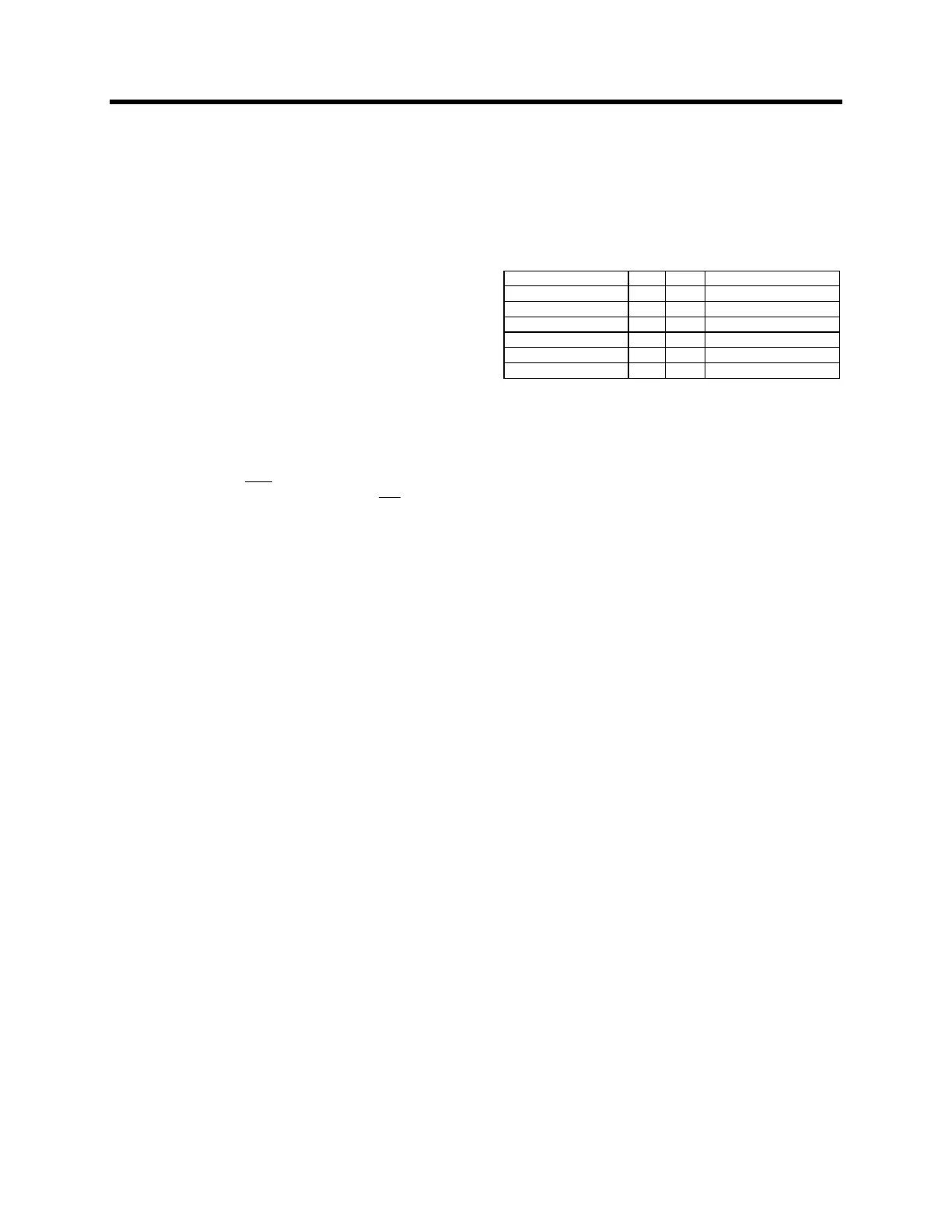